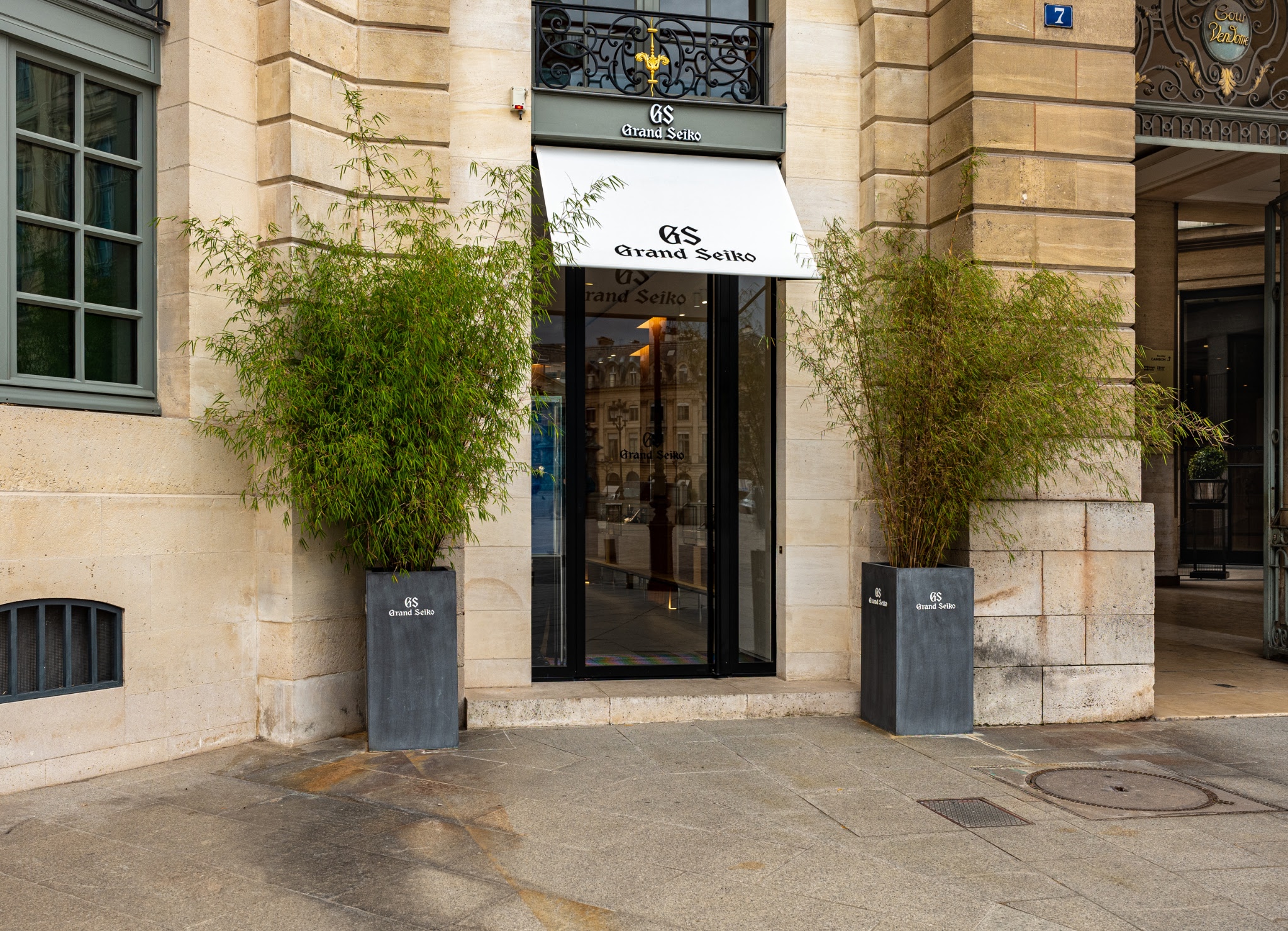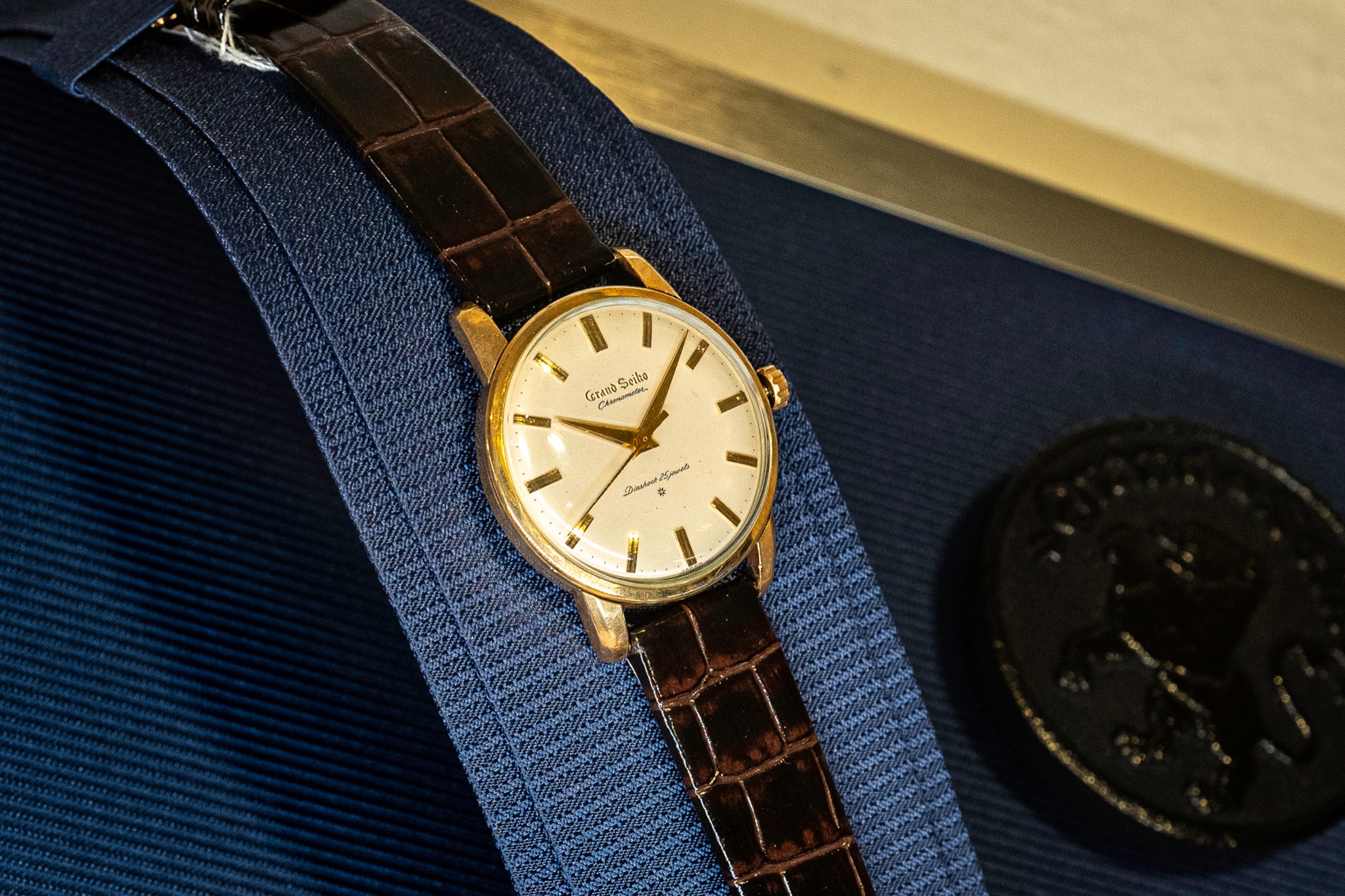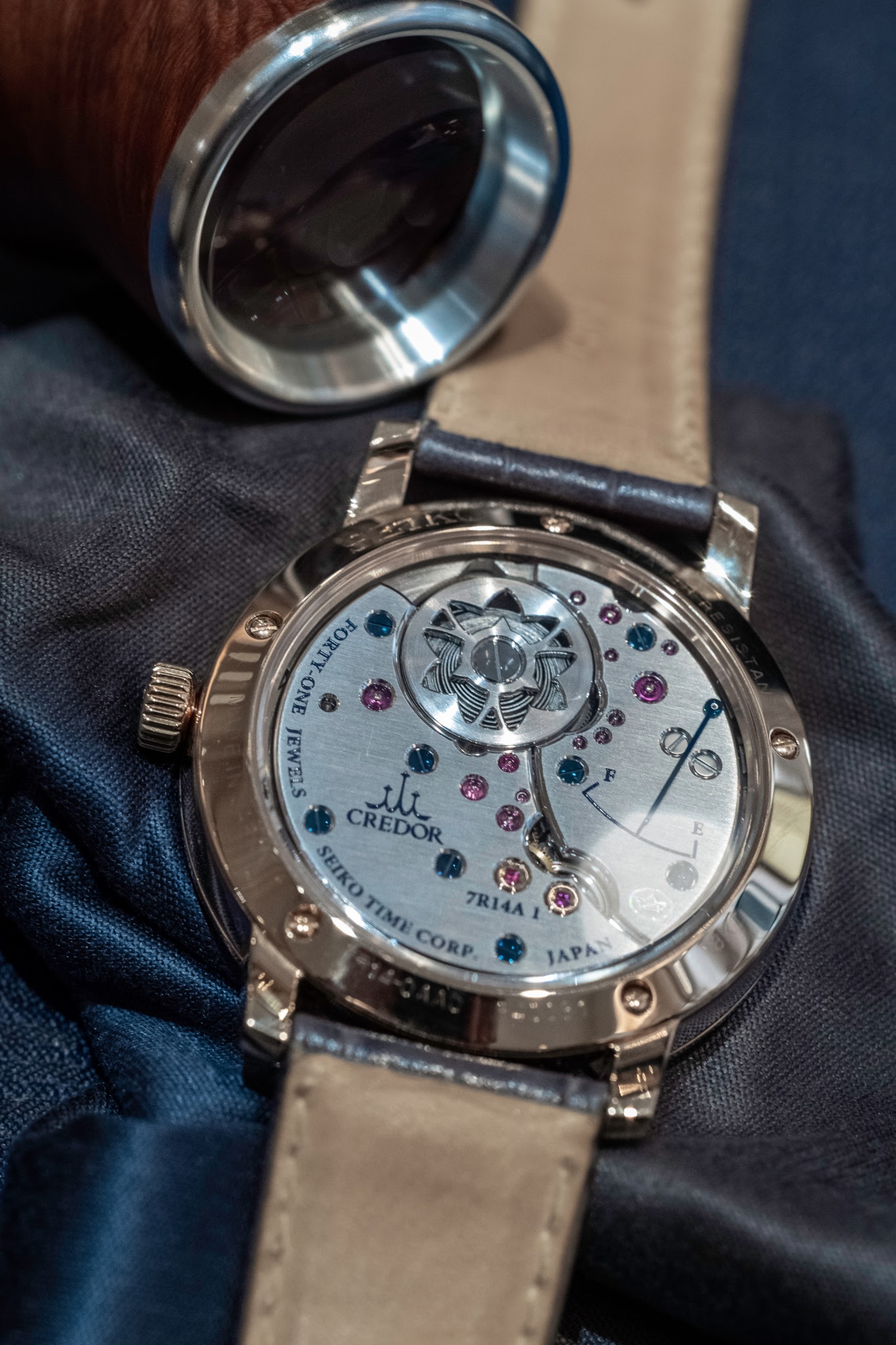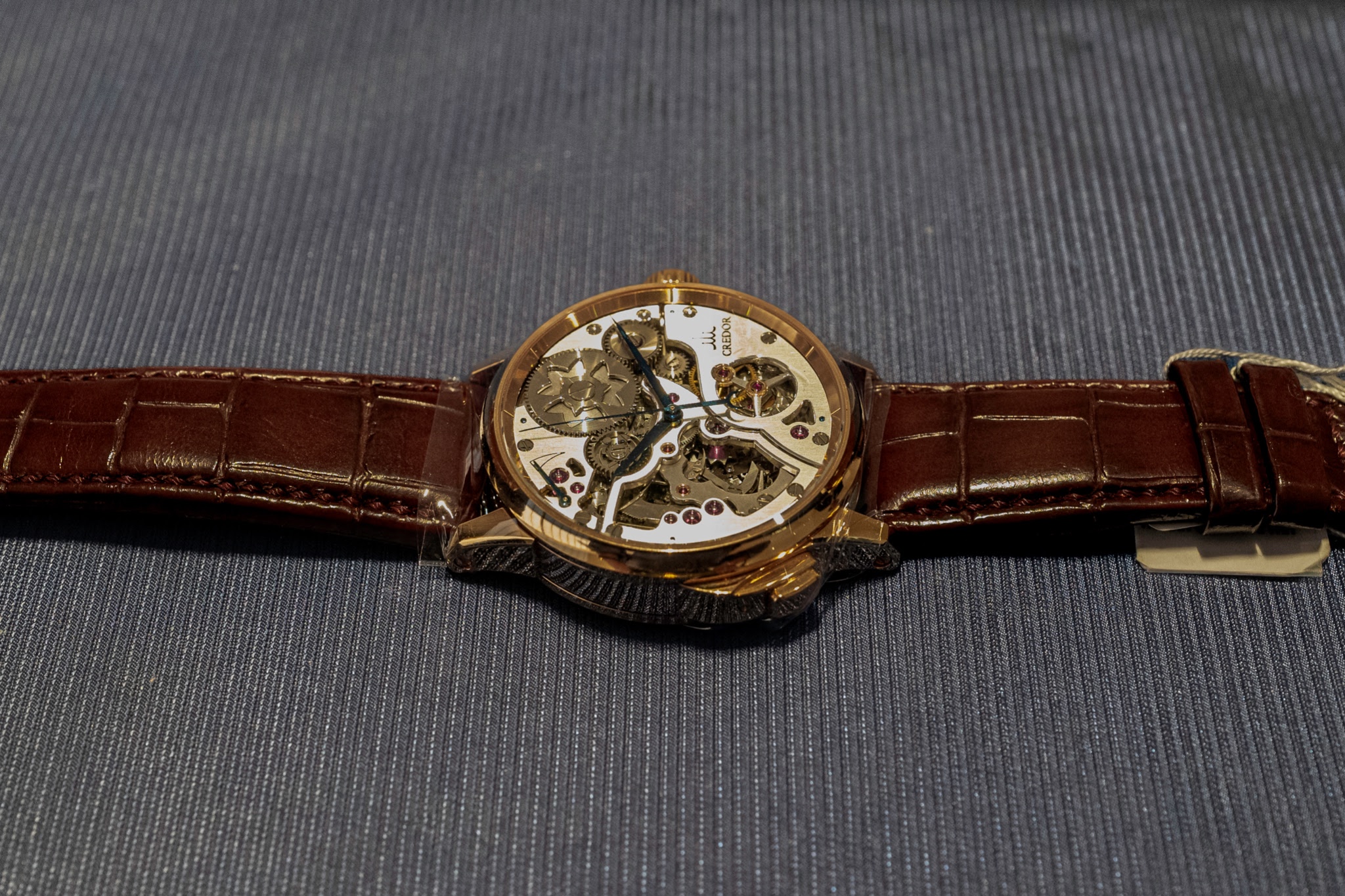toxly347
594

A visit to the Grand Seiko boutique Paris Vendôme
In the first semester of 2020, sixty years after the creation of the first Grand Seiko watch and in very difficult circumstances due to an exploding worldwide pandemic, the first Grand Seiko boutique in Europe opened in Paris, in the magnificent setting of number 7 Place Vêndome.
I recently visited Paris and took the opportunity to see some watches, spend some time getting first-hand experience of watchmaking the Grand Seiko way, and learn about their values.

On writing this review I had to pause to think on what reasons could they have and what it must have meant for Seiko -both in terms of confidence and commitment to the company’s values- to open a flagship boutique in this prime worldwide location in the midst of a worldwide pandemic and an impending global shutdown.
I learnt that in Japanese culture, sixty represents the completion of a full life cycle. A rebirth. 2020 was sixty years from the creation of the first Grand Seiko watch; it was 60 years from this:

Accurate, legible and durable. Practical, refined and beautiful. Japanese. This is what it was all about. The first Grand Seiko was all that in horology represented Swiss until 1960.
Inside, the 3180 caliber. It had the best of the dependable Crown 560 plus the uncompromising high-end finishing of the Lord Marvel. Seiko created a superwatch of its time by adding the latest Diashock anti-shock system, hacking seconds and a large balance wheel. It was accurate to within +12 to -3 seconds per day and it had a difficult to craft domed dial with perfectly polished applied indices and hands. It was the first Japanese watch that complied with the chronometric standards set by the Bureaux Officiels de Contrôle de la Marche des Montres in Geneva and could call itself Chronometer. And for the first six years of production the word Chronometer was printed in the dial, below "Grand Seiko".

A combination of traditional Japanese bamboo partitions and transparent glass displays successfully convey and atmosphere of clean, uncluttered space, as well as a degree of privacy.

There is an excellent stock of watches on display, most of which you can actually buy, including some limited editions. Below, a selection of spring drive chronographs from the Sport collection:

I liked very much the simple, three-handed Grand Seiko watches and I was resolutely impressed with the quality of the craftsmanship in their most basic references. Seen on display, a selection of the Heritage collection. Perfect for daily use but some also quite adequate with a more formal attire.

The finishing of these watches is excellent all round, and the construction of their movements and dials are not just beautiful, but also highly symbolic. I did handle a very nice manual-wound 39 mm watch from the Elegance collection with the pattern of the tiles of Place Vendôme in the small seconds sub-dial and the seconds hand being a tiny replica of the Vendôme column, exclusive to Grand Seiko Vendôme boutique. I did not take photos of this particular watch but it is worth a visit.



Parting from the flat, two-dimensional polished curves of the Heritage collection, the Elegance collection shows very pleasing polished three-dimensional, gentle curves. The hands are also curved by hand, accentuating the contours of the case design.


Upstairs, in the Grand Seiko museum, you can see what these collections are heritage to:

Above, the first high-beat (5 Hz) Grand Seiko from 1967, with the 44GS caliber. By now the word Chronometer had been removed from the GS dial, since Grand Seiko had established their own higher accuracy standards in 1966: during fifteen days, chronometric performance was strictly evaluated in everyday use, as well as the change in performance for every degree change in ambient temperature. The Grand Seiko chronometer standard.

I was allowed a close look at the Credor Eichi II.

It is difficult to capture and describe the harmony of the design and the perfection of the execution of this wonderful watch.

The movement plates and jewel distribution symbolise the bellflower from Shiojiri, where the Micro Artist Studio these marvels come from is located, and the channel between plates the river that feeds nearby Lake Suwa.

Finally, as a parting gift, Pierre, the boutique’s watchmaker, kindly showed me and explained to me the decimal sonnerie. The flower-shaped mainspring barrel and the plate shaped like an eagle with spread wings carry a strong symbolic connection to Nature and the Grand Seiko values.
I actually appreciated the absence of background sound of a pallet fork in the Spring-Drive movement, so I could enjoy for a just few seconds the cleanest sound from this superlative watch.









